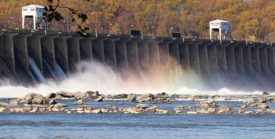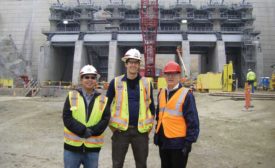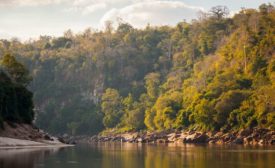Home » dam construction
Articles Tagged with ''dam construction''
Dams
Groups often at cross-purposes find common ground in funding hydropower projects
Read More
Water & Dams
Project Team Modernizes Historic Springfield, Mass., Dam
Constrained space on the $3.6-million Watershops Pond Dam overhaul challenges GZA and its team
Read More
International Projects
Tanzania Picks Arab Contractors for Stiegler Power Project
Hydro plant reservoir would inundate section of Selous Game Reserve
Read More
Extreme Construction
Mega Canadian Hydro Project Moves Forward Despite Surprises, Bitter Cold
Read MoreThe latest news and information
#1 Source for Construction News, Data, Rankings, Analysis, and Commentary
JOIN ENR UNLIMITEDCopyright ©2025. All Rights Reserved BNP Media.
Design, CMS, Hosting & Web Development :: ePublishing












